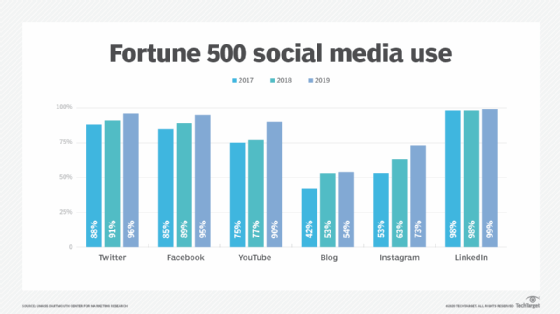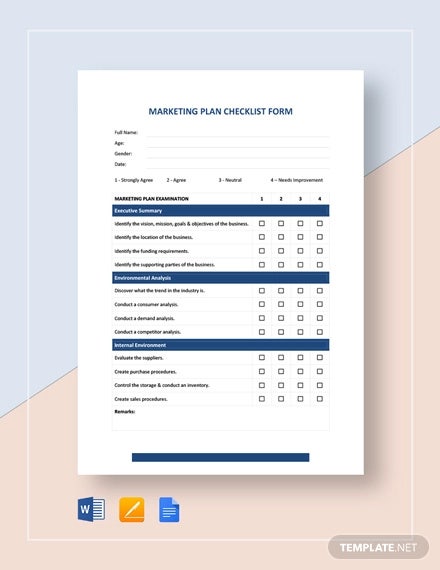
UGC, or user-generated material, is an increasingly popular way that brands can build brand awareness. Unlike traditional advertising, UGC generates high conversion rates and can even be used as paid advertising. We'll be looking at some of our favorite UGC examples such as Destination Canada or Starbucks. Read on to learn more. This article provides valuable tips and advice to help your brand maximize its UGC efforts.
UGC (user-generated material) is a popular tool for building brand awareness
UGC is not a new idea. People who have had positive experiences with a product, or service, are more likely recommend it to others. As a result, this content is very influential in the final stages of the buyer's journey. This content acts as a social proof to authenticity that consumers value. UGC holds a prominent place in any social marketing strategy.
UGC can work across all customer journeys, from product pages through blog posts. Instagram photos are powerful because they can be bought. Dune London, for example, recently added shoppable Instagram images to its website. This content was added to the website by Dune London, which resulted in a 33 percent increase in online sales. Similar results can be achieved on other social media platforms.
It is a high-converting product
Social media user-generated content (UGC), is a great way to get content online, whether it's for free or paid. This kind of content can be in many forms, such as a shoutout, contest entry, or free trial. UGC not only generates free content but also helps build a community around your brand. Users are often bombarded daily with promotional messages, but they will remember content that they have seen from a trusted source.

By allowing customers and friends to post about their favorite foods or cooking experiences, social media UGC can help increase your followers. UGC can also encourage people, like clicking a link on an ad. Your followers will be more inclined to buy from you if your UGC looks trustworthy and authentic. Social media can be used to increase your sales.
It can be used as paid advertising
UGC is a common tool for paid advertising. Marketers agree with 93% that customers trust more content than brands. It's a natural phenomenon for people to trust other opinions and content. Building trust and credibility with your customers is therefore a priority. UGC allows you to track keywords and reviews as well as positive comments from consumers.
While social media UGC may not be product-related, it can highlight lifestyles that align with your brand. Vans, for instance, posts videos of Vans customers who match their Off the Wall aesthetic without asking permission. Brands don't often credit creators and sometimes don’t have agreements with them. It is crucial to obtain permission from your audience for reposting content.
It can improve brand loyalty
UGC or user-generated Content, is content that has been created by real customers and shared on social media. This gives businesses the opportunity gain customer trust, build their social following, and raise their brand's visibility. Brands can learn about the demographics, preferences, and demeanours of their customers by allowing them to share their content. Companies can then create strategies that include UGC and repost the content in order to increase its credibility and impact.

UGC provides your customers an opportunity to interact with your company, whether they are buying a product online or handcrafted. UGC acceptance will result in a more engaged customer base that opens emails regularly and follows updates via social media. In addition to being a valuable source of customer feedback, UGC can help you identify brand ambassadors and encourage word-of-mouth marketing.
FAQ
What role does a content strategist play?
Content strategists can help understand what people search on the Internet. They make sure your website is optimized for search engines to help you rank high. They also create content to be used on social media sites like Facebook, Twitter and others. They also write copy to advertise, blog, or website.
Content strategists work closely with marketing teams and help to create a coherent plan for company's online presence. Although content strategists are able to work on their own, they often collaborate with the marketing team to make sure that every piece of content is effective.
How long will it take for content marketing to be started?
It all depends on your business size. Smaller companies often don't have sufficient resources to invest right away in content promotion. But it can pay big-time if your are willing to put in the time.
How much should I spend on Content Marketing?
The number of leads that you are looking to generate will determine how much. Depending on the industry, the average cost of a lead is $5-10. In our case, the average cost per lead was $20 when we first started our company. Now we spend $6-7 per leads.
Statistics
- According to the Content Marketing Institute, 70% of B2B marketers and 86% of B2C marketers surveyed use content marketing in some form or other. (criteo.com)
- Companies that use content marketing see approximately 30% higher growth rates than businesses not using it. (mailchimp.com)
- This marketing strategy landed Ford a 15.4% conversion rate. (neilpatel.com)
- We found that 40% of businesses don't have a documented strategy yet. (semrush.com)
- To further show the importance of this, 89% of people have stopped doing business with a company because of a poor experience. (neilpatel.com)
- In fact, would pay more for a better customer experience, and 86% of B2B buyers would pay more. (neilpatel.com)
- According to our research, brand awareness, attracting traffic, and generating leads remain the key content marketing goals in 2022. (semrush.com)
- An example of an overarching goal could be: "In 2022, we want to achieve a 20% increase in revenue created by organic content and generate 15,000 MQLs with a budget of $30,000." (semrush.com)
External Links
How To
How can you make videos more exciting?
Video Marketing can be one of the most powerful tools within Content Marketing. Video Marketing allows you to connect with your audience and create trust. But how can you go from being boring to amazing? Let's dive into some simple tips!
-
Tell a tale. Every piece of communication is better if it has storytelling. Without storytelling, video marketing is not possible. It is important to decide what type of stories you would like to tell. Is it entertaining? Educational? Inspiring? Social media is full of people telling their stories through photos and videos. Take inspiration from these stories and make your own.
-
Images are a powerful tool. Images help convey emotions faster than words. They enable us to communicate with others and feel empathy. Make sure to include images in all your videos. You have two options: add images to your slideshows and embed them in your blog posts.
-
Make it easy to share. If you want your viewers spreading the word, make sharing easy. Your videos should include sharing buttons. Add social icons to your slideshows. If you have a YouTube channel, add "Share" boxes.
-
Don't overdo it. Your viewer may lose interest if you use too many graphics or too much information. Keep it simple. You only need a few images to draw attention and keep it.
-
Keep it short. People love to watch short videos. Make short videos, no more than 5 minutes, to build buzz around your brand.
-
Get feedback. Listen to your audience. Ask them about what works for them and what doesn’t. To improve your content, use their answers.
-
You should create a plan. When you have completed your first video, start thinking about how you can make more. Can you create a series? Or maybe create a playlist with just the most popular videos?
-
Test, test, test. You don't want to release a clip and then find that nobody is watching it. Before releasing any video, test it on your audience. See what kind of reactions you get. Then make changes based on those results.
-
Repeat. Continue repeating steps 1-8 until the perfect formula is found. Once you know what works, you'll be able to create great videos time after time.
-
Measure results. It's crucial to measure the success and failure of your videos. What did they do? Which types of viewers prefer certain videos? These questions will help to refine your strategy.
-
You can adjust as needed. Do not stop learning even after your video campaign launches. Learn from your mistakes, and make adjustments as needed. The best marketers are always open to learning and improving.
-
Enjoy it. It's not difficult to do video marketing, but it requires patience. As you gain experience, you'll learn new strategies, techniques, and ideas to help you grow your business.